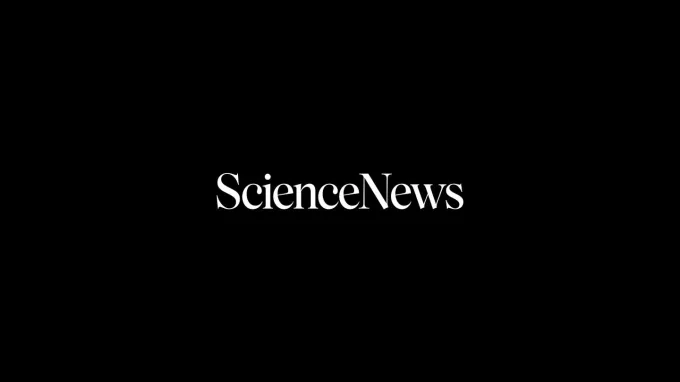Science News Magazine: Current Issue
Vol. 171 No. #24
Trustworthy journalism comes at a price.
Scientists and journalists share a core belief in questioning, observing and verifying to reach the truth. Science News reports on crucial research and discovery across science disciplines. We need your financial support to make it happen – every contribution makes a difference.
More Stories from the June 16, 2007 issue
-

Mental letdown for antipsychotic meds
People with chronic schizophrenia get surprisingly modest improvements in memory and learning from new as well as old antipsychotic medications.
By Bruce Bower -
 Health & Medicine
Health & MedicineNutrients linked to brain lesions
The more calcium and vitamin D elderly individuals consume, the greater the number and size of lesions that show up in their brains.
By Janet Raloff -
 Health & Medicine
Health & MedicineRight combination of malaria drugs?
Children in Uganda who contract malaria recover faster with a drug based on artemisinin, derived from Chinese wormwood, than with a longstanding medical remedy.
By Nathan Seppa -
 Earth
EarthAge and gender affect soot’s toxic impact
Except in young females, small blood vessels in rodents lost the ability to precisely regulate blood flow after exposure to an oily constituent of diesel soot.
By Janet Raloff -
 Earth
EarthDust Bowl affected midwestern climate
During the Dust Bowl of the 1930s, immense clouds of airborne soil blocked so much sunlight that much of the Great Plains region was significantly cooler than normal during summer months.
By Sid Perkins -
 Earth
EarthDarker days during Arctic summer
Satellite observations indicate that Arctic regions reflected less sunlight into space in the summer of 2006 than in other recent years, a change that may exacerbate the warming of Earth's climate.
By Sid Perkins -

How sea turtle hatchlings know where to crawl
Newly hatched sea turtles use a variety of senses, not just sight, to find their way to the ocean.
By Sid Perkins -
 Earth
EarthTrouble for forests of the northern U.S. Rockies?
Climate change over the coming decades may cause forests in northern portions of the U.S. Rockies to stop absorbing carbon dioxide from the atmosphere and instead become net emitters of the gas.
By Sid Perkins -
 Paleontology
PaleontologyBig and Birdlike: Chinese dinosaur was 3.5 meters tall
Paleontologists have unearthed the remains of a gigantic birdlike dinosaur, 3.5 meters tall, that lived 70 million years ago in what is now China.
By Sid Perkins -

Breast Cancer Lead: Overactive gene is linked to disease
A mutated gene that's overly active in breast cancer cells could offer a new target for cancer drugs.
-
 Plants
PlantsEasy There, Bro: A plant can spot and favor close kin
A little beach plant can recognize its siblings as long as their roots grow in nearby soil.
By Susan Milius -
 Tech
TechImprobability Drive: Focus on rare actions speeds chemical simulations
A new algorithm speeds simulations of chemical reactions by focusing on rare but crucial molecular motions.
-
 Health & Medicine
Health & MedicineVaccine Harvest: Cholera fighter could be easy to swallow
An edible vaccine, made by genetically engineering rice, safeguards mice against the toxin produced by cholera bacteria.
By Nathan Seppa -
 Planetary Science
Planetary ScienceShifting Ocean: Tipsy Mars may explain undulating shoreline
Evidence that Mars once had a vast ocean gains support from a proposal that the planet was tipped halfway over on its side several billion years ago.
By Ron Cowen -

Borderline Aid: Psychotherapy soothes personality ailment
Three forms of psychotherapy each provide substantial relief from symptoms of borderline personality disorder.
By Bruce Bower -

Brain Gain
The brain constantly sprouts new neurons, a recently discovered phenomenon that neuroscientists and drugmakers are working to understand and harness.
By Brian Vastag -
 Earth
EarthWildfire, Walleyes, and Wine
An international panel's latest report on the impacts of climate change highlights an overlooked need: preparing for droughts, floods, heat waves, and other disasters.
By Susan Milius -
 Humans
HumansLetters from the June 16, 2007, issue of Science News
Bigger picture Reading “Pictures Posing Questions: The next steps in photography could blur reality” (SN: 4/7/07, p. 216), I was struck by the similarity between the image that used a cone-shaped mirror and the images you get from gravitational lensing. As the same data are available in both types of images, it ought to be […]
By Science News
